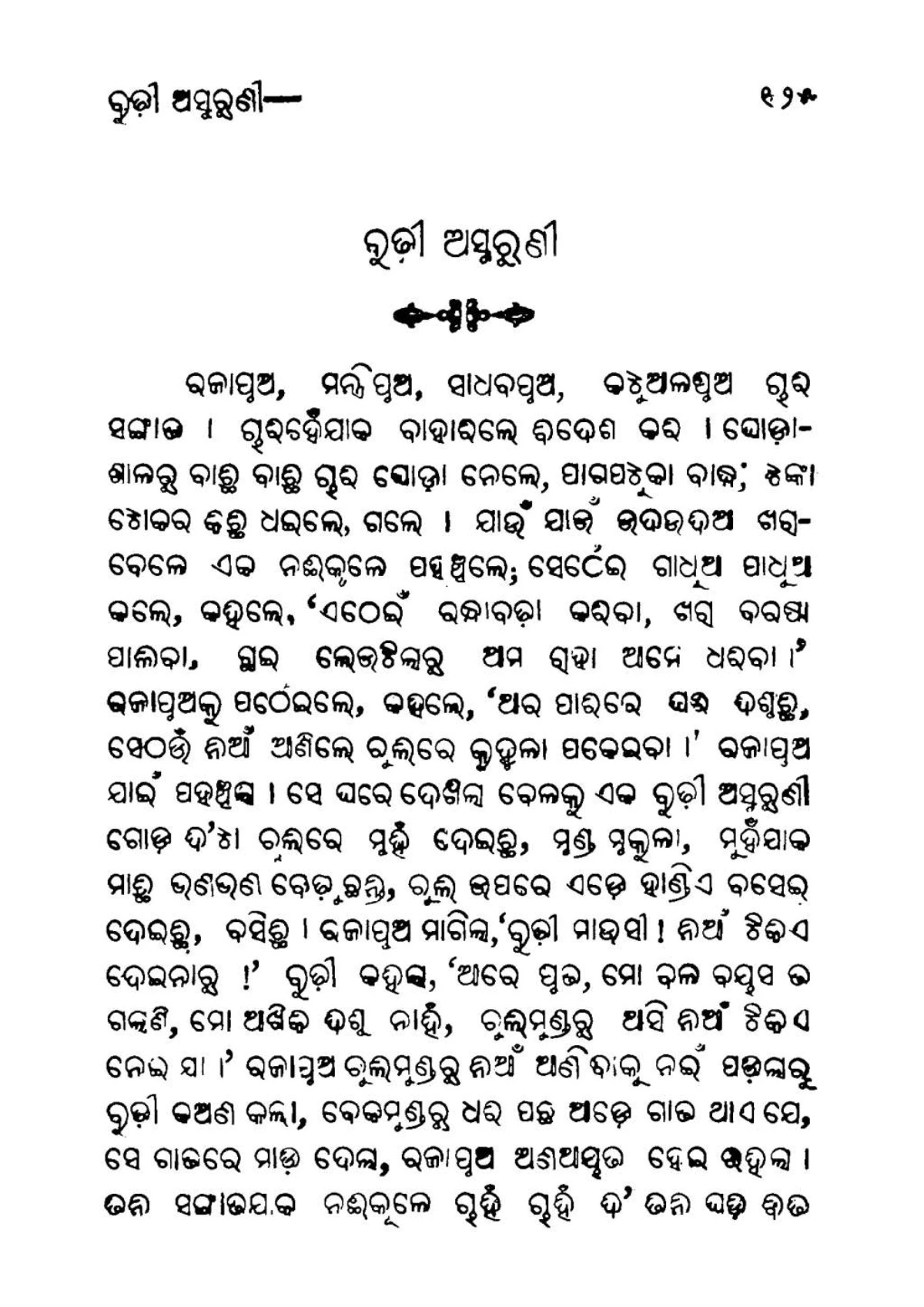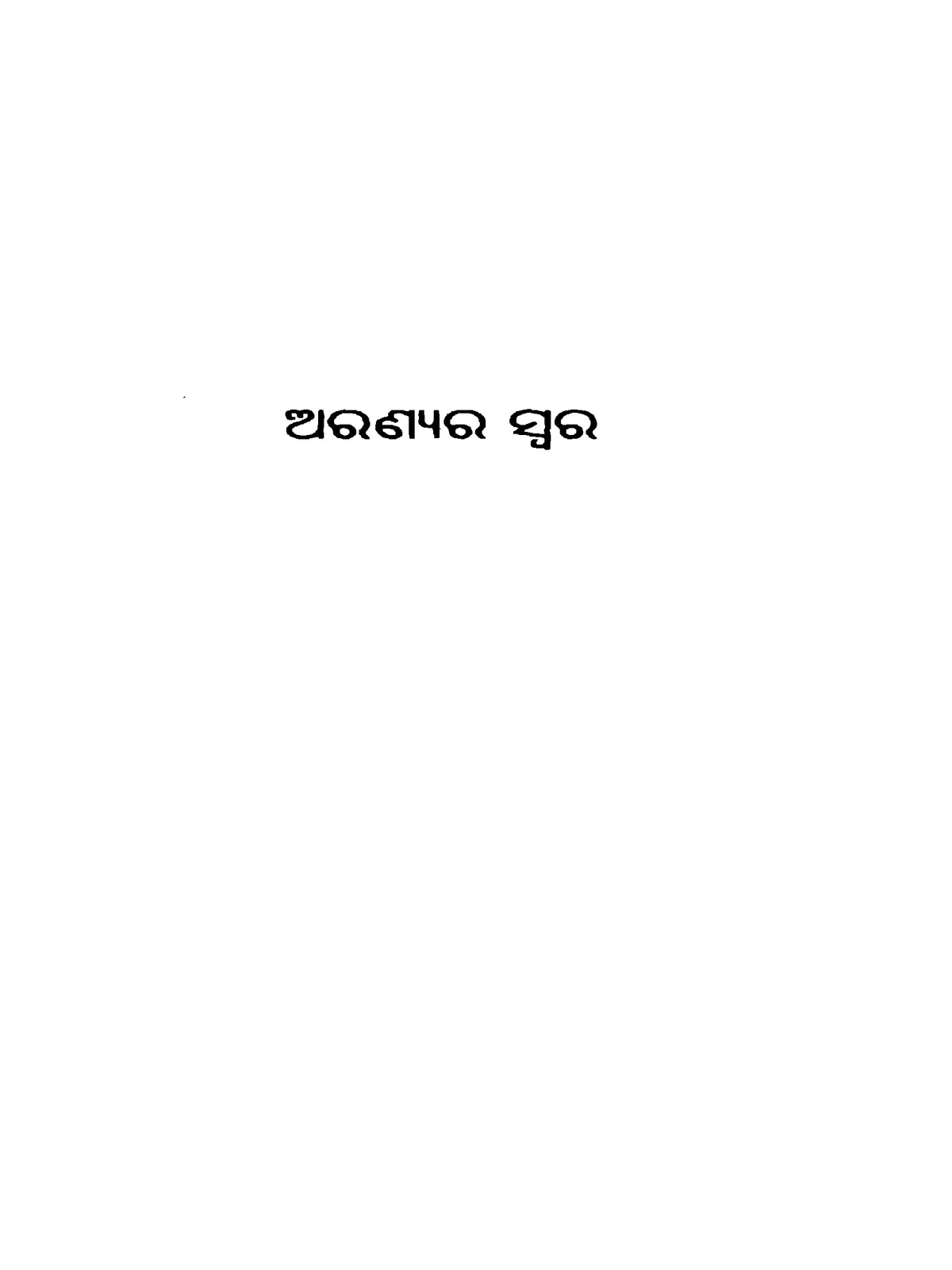Odia Girl Viral Video MMS: Unveiling The Truth Behind The Hype
Let’s be honest here—we’ve all come across viral videos on social media that spark curiosity and debate. And today, we’re diving deep into one of the hottest topics floating around: the so-called "Odia Girl Viral Video MMS." But before you jump to conclusions, let’s take a breath and explore what’s real, what’s fake, and why this topic matters so much. This isn’t just about clicks or sensations—it’s about understanding the bigger picture behind viral content.
Now, I know you might be wondering, “Why should I care about some random viral video?” Well, here’s the deal: in today’s digital age, misinformation spreads faster than wildfire. What starts as a harmless clip can snowball into something much bigger, affecting real lives and reputations. So, buckle up because we’re about to break it all down for you—no fluff, just facts.
And hey, don’t worry if you’re feeling overwhelmed. By the end of this article, you’ll have a clearer understanding of what’s going on, why it matters, and how you can navigate these kinds of situations without falling for the drama trap. Let’s get started!
Here’s a quick rundown of what we’ll cover:
- What is the Odia Girl Viral Video MMS?
- Understanding the Impact
- How Does It Go Viral?
- Legal Implications
- Ethical Considerations
- How to Identify Fake Content
- What Can You Do?
- Common Myths Debunked
- Real-Life Stories
- Conclusion and Next Steps
What is the Odia Girl Viral Video MMS?
Alright, let’s start with the basics. The term "Odia Girl Viral Video MMS" has been making rounds on platforms like WhatsApp, Twitter, and Instagram. But what exactly does it mean? Simply put, it refers to a video (or alleged video) involving a young woman from Odisha, India, that has gained significant attention online. Some claim it’s a private recording gone public, while others believe it’s a hoax designed to grab eyeballs.
But here’s the thing—when something goes viral, especially in the context of personal content, there’s always more to the story than meets the eye. In many cases, these videos are either heavily edited or completely fabricated, yet they continue to circulate under false pretenses. It’s crucial to approach such content with skepticism and seek out credible sources before jumping to conclusions.
Is It Real or Fake?
Now, this is where things get tricky. Determining the authenticity of viral content isn’t always straightforward. In the case of the Odia Girl Viral Video MMS, multiple reports suggest that the video in question may not even exist in its original form. Instead, it could be part of a larger misinformation campaign designed to exploit public curiosity.
So, how do we know what’s real and what’s fake? That’s exactly what we’ll discuss in the next section. Stay tuned!
Understanding the Impact
Let’s talk about the elephant in the room—the impact. When a video like this goes viral, it doesn’t just affect the person involved; it ripples through entire communities. For the individual, the consequences can be devastating—social stigma, mental health issues, and even legal troubles. And for society as a whole, it perpetuates a culture of voyeurism and sensationalism.
But wait, there’s more. The spread of such content often fuels discrimination and stereotypes, particularly against marginalized groups. In this case, the focus on an "Odia girl" highlights regional biases and reinforces harmful narratives. It’s essential to recognize these dynamics and challenge them whenever possible.
Who’s Affected the Most?
When it comes to viral content, women and girls are disproportionately affected. They face scrutiny, judgment, and harassment that their male counterparts often escape. This imbalance is rooted in deep-seated societal norms that need to be addressed urgently. By shedding light on these issues, we can work towards creating a safer and more equitable digital space.
How Does It Go Viral?
Have you ever wondered how a single video can explode across the internet in a matter of hours? Well, it’s all about algorithms, engagement, and human psychology. Social media platforms prioritize content that generates high levels of interaction—likes, shares, comments, etc. As a result, sensational or controversial material tends to dominate our feeds.
Additionally, word-of-mouth plays a significant role. Once a video starts gaining traction, people are naturally curious and want to be part of the conversation. Unfortunately, this curiosity can sometimes lead to the spread of harmful or misleading information.
Role of Messaging Apps
Apps like WhatsApp and Telegram are notorious for facilitating the rapid dissemination of viral content. Since these platforms operate on end-to-end encryption, tracking the origin and spread of such material becomes incredibly challenging. This lack of transparency only adds to the problem, making it harder to hold perpetrators accountable.
Legal Implications
Now, let’s dive into the legal side of things. Sharing or distributing private content without consent is illegal in many countries, including India. Under Indian law, Section 67 of the Information Technology Act, 2000, specifically addresses the issue of obscene or explicit material being shared online. Violators can face severe penalties, including hefty fines and imprisonment.
However, enforcement remains a challenge. Many people share such content without realizing the legal ramifications, while others intentionally exploit loopholes in the system. It’s crucial for individuals to educate themselves on their rights and responsibilities when it comes to digital content.
What About Privacy Laws?
Privacy laws play a vital role in protecting individuals from unauthorized sharing of personal information. In the case of the Odia Girl Viral Video MMS, any breach of privacy would constitute a violation of these laws. Victims have the right to seek legal recourse and demand the removal of such content from online platforms.
Ethical Considerations
Beyond the legal aspects, there’s an ethical dimension to consider. Is it right to consume or share content that could harm someone’s life? As responsible digital citizens, we have a moral obligation to think critically about the content we engage with. Respecting others’ privacy and dignity should always come first.
Moreover, we need to foster a culture of empathy and understanding. Instead of judging or shaming those involved, let’s focus on supporting them and helping them navigate the challenges they face. After all, we’re all human, and we all make mistakes.
Why Empathy Matters
Empathy is key to building a compassionate society. By putting ourselves in someone else’s shoes, we can better understand the struggles they face and offer meaningful support. Whether it’s through listening, offering advice, or simply being there, small acts of kindness can make a big difference.
How to Identify Fake Content
Alright, here’s the million-dollar question—how do you spot fake content? While there’s no foolproof method, there are certain red flags you can look out for. For starters, check the source. Is it a reputable website or platform? If not, proceed with caution. Additionally, verify the information using multiple sources to ensure accuracy.
Another tip is to pay attention to the language and tone used in the content. Sensational headlines or exaggerated claims are often indicative of misinformation. Lastly, trust your gut. If something seems too good (or bad) to be true, it probably is.
Tools for Verification
Fortunately, there are several tools available to help you verify the authenticity of online content. Reverse image searches, fact-checking websites, and digital forensics platforms can all be valuable resources in your quest for truth. By leveraging these tools, you can become a more discerning consumer of information.
What Can You Do?
So, now that you’re armed with knowledge, what’s the next step? First and foremost, think before you share. If you’re unsure about the legitimacy of a piece of content, it’s better to err on the side of caution and refrain from spreading it further. Secondly, report any suspicious or harmful material to the appropriate authorities or platforms.
Lastly, educate others. Share your newfound insights with friends and family, encouraging them to approach viral content critically and responsibly. Together, we can create a safer and more informed digital environment.
Spreading Awareness
Raising awareness is crucial in combating misinformation. By starting conversations and sharing resources, you can empower others to make informed decisions. Remember, every little action counts, and collectively, we can effect meaningful change.
Common Myths Debunked
Before we wrap up, let’s debunk some common myths surrounding the Odia Girl Viral Video MMS. One prevalent misconception is that the video is real and depicts actual events. As we’ve discussed earlier, this is highly unlikely, given the lack of credible evidence supporting such claims.
Another myth is that the victim somehow deserved the attention or backlash they received. This couldn’t be further from the truth. No one deserves to have their privacy violated or their reputation tarnished, regardless of the circumstances.
Why Busting Myths Matters
Busting myths is essential in dispelling harmful stereotypes and promoting accurate information. By challenging false narratives, we can create a more just and equitable society where everyone is treated with respect and dignity.
Real-Life Stories
To truly understand the impact of viral content, let’s hear from those who’ve experienced it firsthand. Countless individuals have shared their stories of trauma and resilience, highlighting the importance of empathy and support in overcoming such challenges.
One such story comes from a young woman who found herself at the center of a viral scandal. Despite the backlash and judgment she faced, she managed to reclaim her narrative and emerge stronger than ever. Her journey serves as a powerful reminder of the resilience of the human spirit.
Lessons Learned
From these stories, we learn that vulnerability can be a source of strength and that community support can make all the difference. By standing together and lifting each other up, we can overcome even the toughest obstacles.
Conclusion and Next Steps
And there you have it—a comprehensive look at the Odia Girl Viral Video MMS phenomenon. We’ve explored the facts, addressed the myths, and discussed the broader implications of viral content. Remember, the key takeaway here is to approach such topics with critical thinking and empathy.
So, what’s your next move? Start by educating yourself and others about the dangers of misinformation. Share this article with your network and encourage open discussions about responsible digital behavior. Together, we can create a safer and more informed online community.
And hey, don’t forget to leave a comment or share your thoughts below. Your voice matters, and we’d love to hear from you!



Detail Author:
- Name : Miss Mallie Will
- Username : aryanna.shields
- Email : krussel@mcdermott.com
- Birthdate : 1983-05-06
- Address : 252 Jeramie Run McCulloughport, MT 53874
- Phone : +1-248-568-4772
- Company : Krajcik, McLaughlin and Von
- Job : Educational Counselor OR Vocationall Counselor
- Bio : Id et totam neque velit aliquid qui placeat. In sed nihil eum perspiciatis. Delectus aperiam enim ab.
Socials
tiktok:
- url : https://tiktok.com/@dianna.connelly
- username : dianna.connelly
- bio : Voluptatem dolorem facilis aut animi enim deserunt reiciendis.
- followers : 3930
- following : 1323
linkedin:
- url : https://linkedin.com/in/dianna_connelly
- username : dianna_connelly
- bio : Pariatur rerum optio a nisi ut in.
- followers : 3279
- following : 950